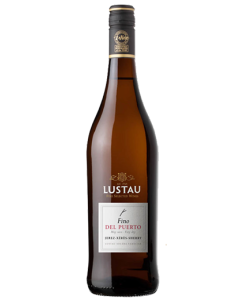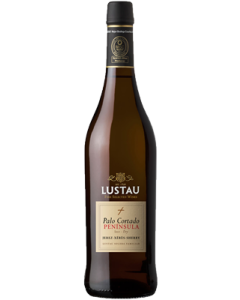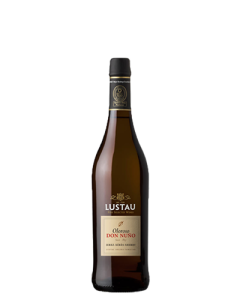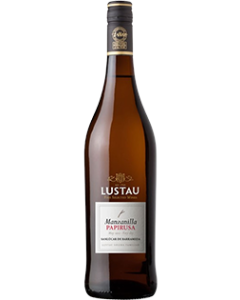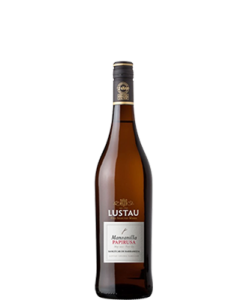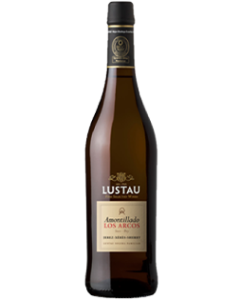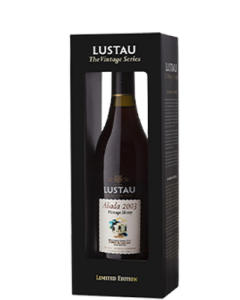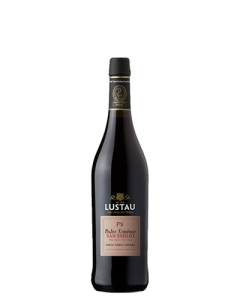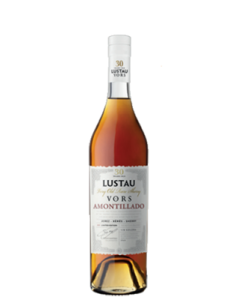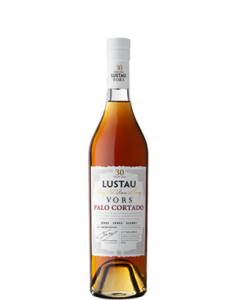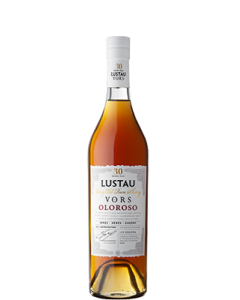A Wine Cellar guide to Jerez wines
Jerez
Old world | Hot Mediterranean climate
Jerez, together with Sanlúcar de Barrameda and El Puerto de Santa María, forms part of Spain's ‘Sherry triangle’, found the southern Spanish region of Andalucía. This region is well-known for its chalky, limestone-based soil which provides the perfect growing conditions for the three Sherry-producing grape varieties, namely Palomino, Pedro Ximénez and Moscatel.

Permitted red varieties
Palomino, Pedro Ximénez and Moscatel (Muscat of Alexandria)
Our recommendations
-
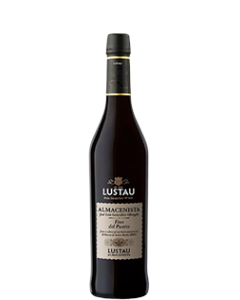 96DWWAEmilio Lustau Almacenista Fino Del Puerto Gonzalez Obrégon NV (500ml) Spain, JerezR325(41 In Stock)
96DWWAEmilio Lustau Almacenista Fino Del Puerto Gonzalez Obrégon NV (500ml) Spain, JerezR325(41 In Stock) -
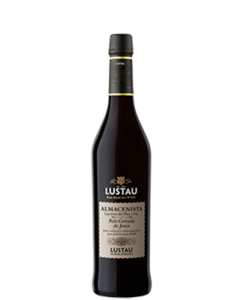 95DWWA500mlEmilio Lustau Almacenista Palo Cortado de Jerez Pino y Cía 1/22 NV (500ml) Spain, JerezR570(2 In Stock)
95DWWA500mlEmilio Lustau Almacenista Palo Cortado de Jerez Pino y Cía 1/22 NV (500ml) Spain, JerezR570(2 In Stock)
Key Sherry Styles
Palo Cortado
Palo Cortado is a wine that ‘occurs’, by accident – you can’t actively produce it. Palo Cortado is an intermediate type of Sherry and probably the most ambiguous of them all. It should have the aromatic refinement of Amontillado combined with the structure and body of an Oloroso. True Palo Cortado is produced unintentionally when a Fino or Amontillado Sherry loses its protective veil of ‘flor’ in the barrel due to unplanned yeast activity, specific characteristics of the grape juice, a slightly off-beat cask or certain ambient conditions that the influenced the ‘flor’.
Palo Cortado should be served at 14°C, slightly warmer than other Sherry styles. It pairs well with cured meats, ripe blue cheese, foie gras and nuts.
Puerto Fino
Puerto Fino is aged in the traditional Solera system, where the barrels are arranged in tiers and a portion of the wine from the oldest barrels, ready for bottling, is extracted and replaced with the same amount of wine from those holding slightly younger Sherry. This process, known as ‘washing down’, is repeated with all the tiers making up the Solera. This system is essentially a never-ending ageing system; slowly but surely growing older. Once the Solera is mature, having been maintained in the correct way, it will show a unique personality — the Solera’s identity.
Fino is best served chilled – between 4°C and 9°C. It pairs beautifully with olives, almonds, fried fish, seafood, Serrano ham and younger cheeses.
Amontillado
Amontillado is a Fino or Manzanilla that started with biological ageing under ‘flor’ for the first 3 to 8 years. It is then matured further, in an oxidative way, without ‘flor’. A cask of Fino is considered to be an Amontillado if the layer of ‘flor’ fails to develop adequately, by accident, due to bad conditions or because the Solera wasn’t replenished and there was not enough food for the ‘flor’ to survive. Most of the time though, it is intentionally killed, simply by fortifying it again to 17°C or 18°C.
Amontillado is best served at around 12°C and enjoyed with white meat, chorizo, cheese and pâtés.
Manzanilla
Manzanilla, typically 4 to 5 years old, is basically the same as Fino Sherry except having been produced and matured around Sanlúcar de Barrameda, closer to the sea than Jerez, and the only place where it is allowed to be made. Manzanilla typically displays more coastal aromas than a Fino, like salt and sea spray. The thick layer of ‘flor’ protects the Sherry from air contact, resulting in a lighter variety of Fino. Like Fino, Manzanilla Sherries are produced in a Solera system, but with more tiers than their Fino counterparts.
Manzanilla is best served chilled – between 4°C and 9°C. It pairs well with olives, fried fish, sushi, seafood and Serrano ham.
Oloroso
Oloroso is aged in the absence of ‘flor’, in an oxidative way, and starts from a heavier base than a that of a Fino or Manzanilla. To create an Oloroso the base wine has to be fortified to 17°C or 18°C which makes it impossible for ‘flor’ yeasts to survive in the ageing casks. Although Oloroso is naturally dry, the full bodied character of an Oloroso will give it an impression of roundness, even sweetness.
The classic pairing for an Oloroso Sherry is red meat or game, but it also pairs well with aged cheeses.
Pedro Ximénez
Pedro Ximénez, commonly referred to as P.X., is the name used for dessert Sherries made with at least 85% of the Pedro Ximénez grape variety. The grapes are either picked once fully ripened or they are left to dry in the sun, giving these Sherries their intense, but characteristic, sweetness. The amount of sugar in a typical Pedro Ximénez is at least 212 g/l, which means that the fermentation will be only partial – in fact, the wines will barely be able to ferment at all.
Young Pedro Ximénez should be chilled below 10°C, to balance the sweetness, and are best served over ice-cream. The older wines are perfect with pâtés and blue cheese and should be served slightly warmer, at around 14°C.
Did you know?
Pinotage is a South African-born variety. It was created in the 1920s by crossing Pinot Noir and Cinsaut and has given rise to the Cape Blend, which is generally made from Bordeaux varieties along with a small percentage of Pinotage.


